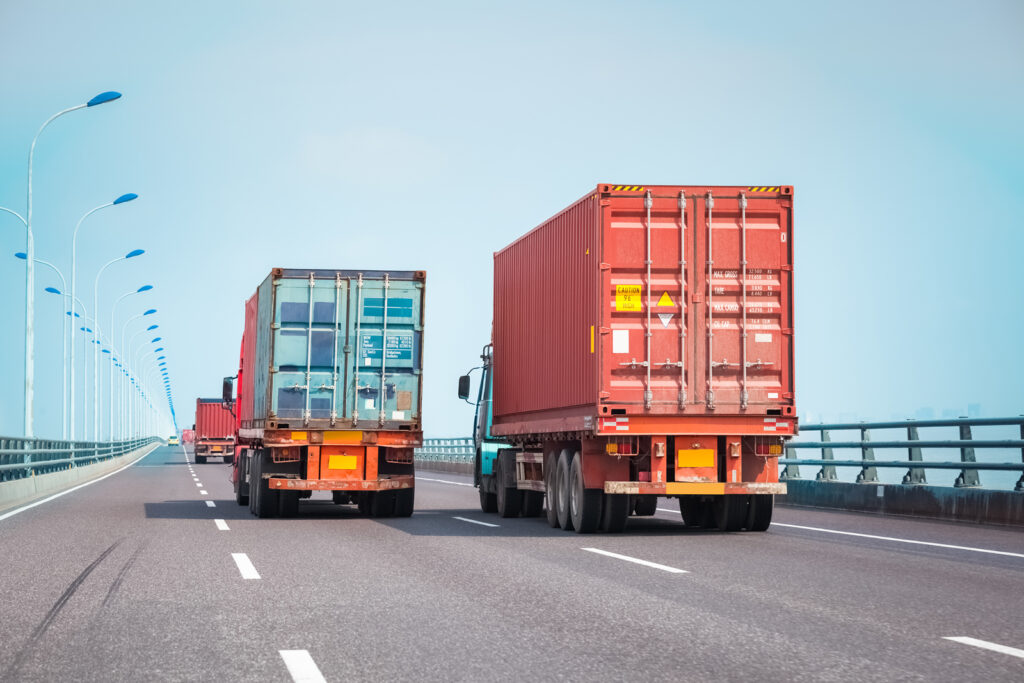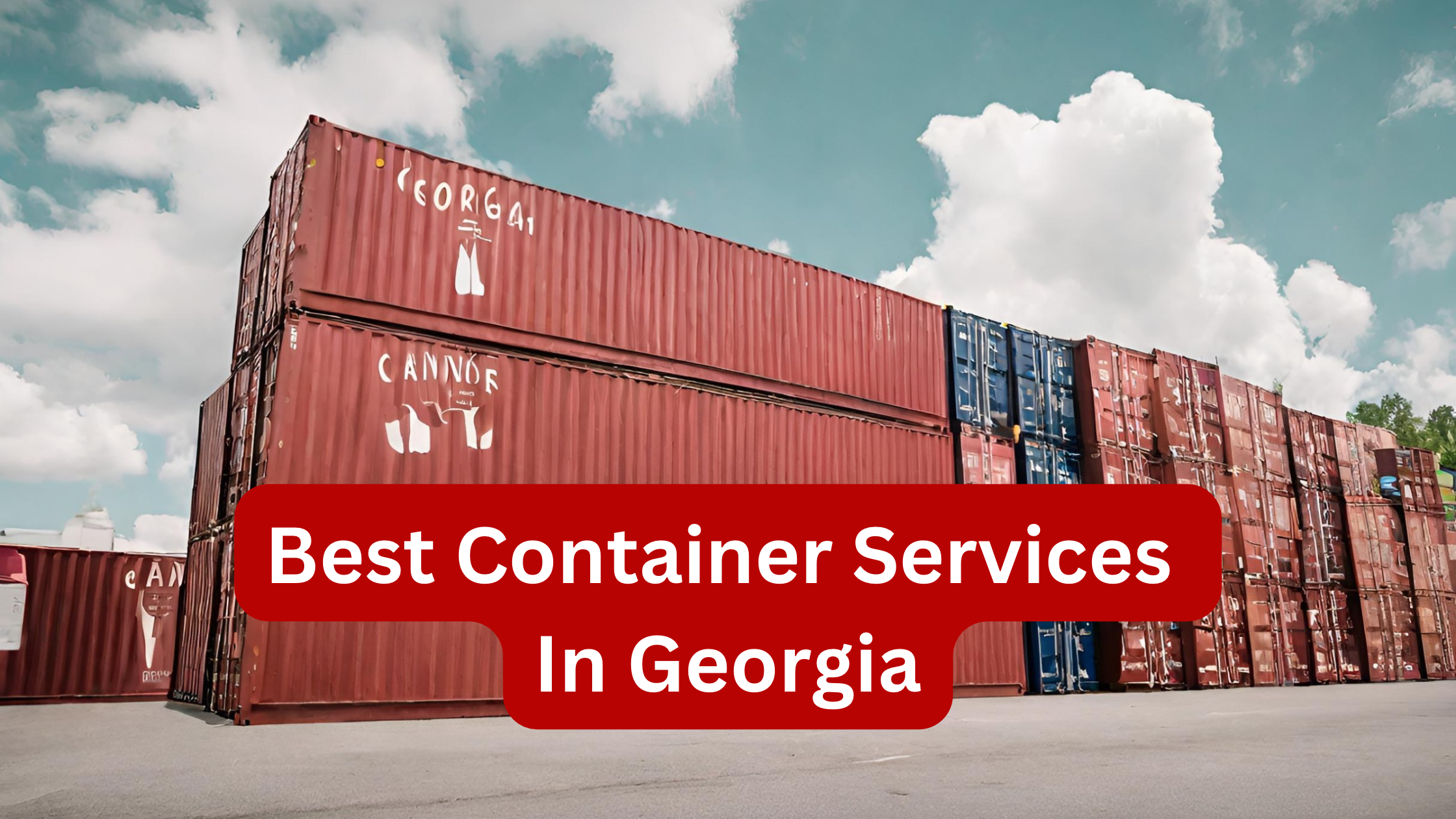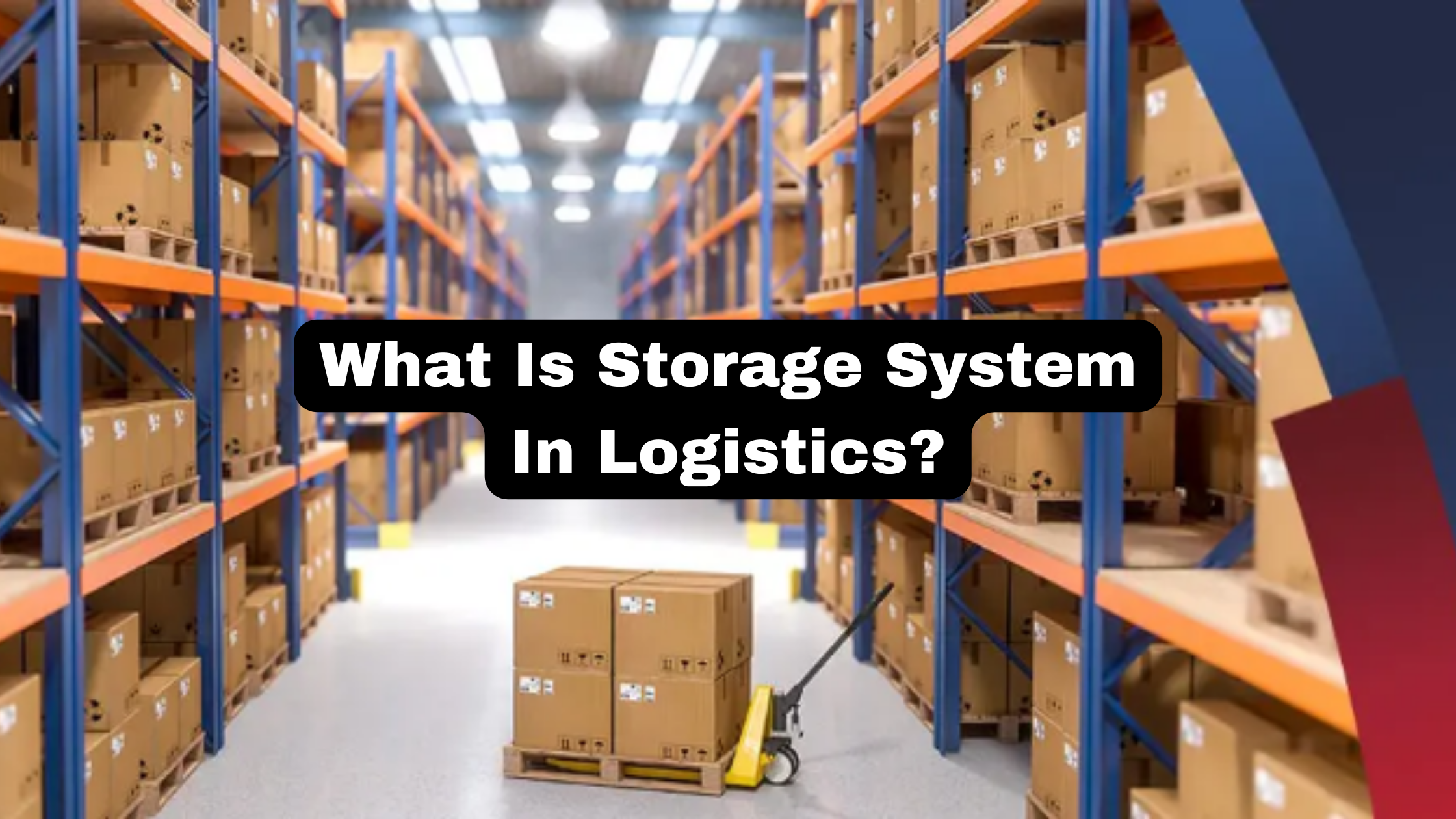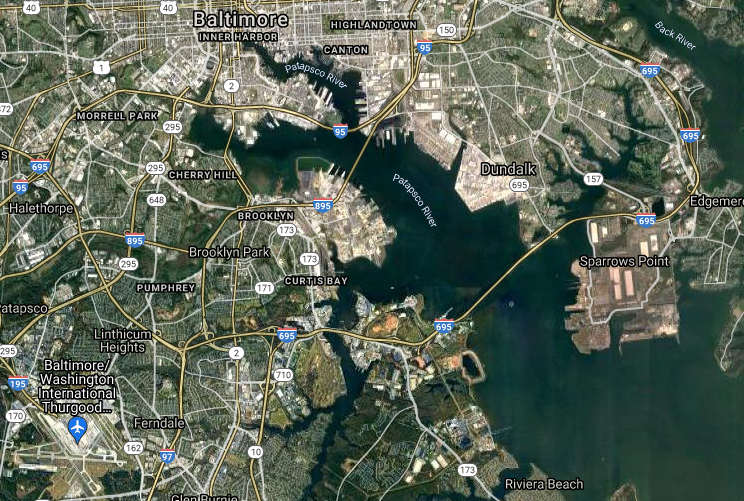Truck drayage plays a very vital role in the transportation industry, especially in the US. Before we go on to discuss its importance and how much different industries depend on it, we first need to understand what drayage is.
Drayage is the method of transportation that is often referred to as the first mile and usually between ports, railyards, and warehouses and usually uses trucks as the mode of transportation. These services are widely used to transport goods to and from ports. Trucking accounts for around 70% of the total transportation industry. Out of which a significant portion is accounted for by drayage. This is because drayage is one of the most cost-effective methods of transportation of goods over a short distance.
In terms of revenue, the United States trucking industry accounts for almost $732 Billion, which shows its significance to the United States industries and its economy.
There could be multiple reasons why drayage rates are experiencing a hike. In this blog, I’ll discuss factors that influence price hikes, and drayage rate predictions for 2023.
Factors Affecting Drayage Rates
Now lets have a look at some of the major factors that are affecting the drayage rates.
- Fuel Cost
Fuel prices are one of the significant factors that affect the rates. Fuel charges have a direct impact on the total cost of transportation. Higher fuel cost results in higher operational cost, which is then passed on to the end user.
- Driver Shortage
During the pandemic, when the shipping and transportation industry was brought to a halt, many drivers switched to different career paths. This caused a shortage of drivers in the shipping industry. This shortage of drivers has increased the competition among the shipping companies, and thus the rates for drivers have gone up, making the operational cost increase. And you know what happens when the operation cost is increased? It is passed on to the end user.
- Infrastructure
Infrastructure also has an impact on drayage rates. The efficiency of transportation is impacted by the state of the roads, bridges, and other transportation infrastructure. The operating expenses of drayage providers rise as a result of poor infrastructure, and these costs are subsequently transferred to the clients in the form of higher drayage charges.
- Regulations
The trucking industry has a significant carbon footprint. And in order to combat the growing global warming and to decrease the carbon footprint, the trucking industry is subjected to many regulations. These regulations have an impact on the overall operation cost. This increase in operating cost is then passed on to the customer, causing a higher drayage charge.
- Capacity Constraints
As I mentioned earlier, there is a driver shortage in the shipping industry. This lack of skilled labor not only affects the cost of the shipment but also delays the process. This delay in the shipment process again causes competition among the shipping companies resulting in an increased price which causes the drayage cost to increase significantly as well.
- Intermodal Competition
Before we discuss how intermodal competition is affecting the rates of drayage transportation, let us first understand what intermodal transportation is.
Intermodal is a type of freight shipping method that involves multiple forms of transportation to move goods from one location to another. This can include ships, trucks, and trains.
Many people are moving towards intermodal transportation for their long-haul transportation and shipment needs. This resulted in many drayage shipping companies moving towards the intermodal transportation business, resulting in fewer options in the drayage industry. This sort of monopoly situation has caused the prices to go up.
Now these are some of the significant factors that affect the rates of drayage transportation. Increased fuel prices and lack of resources have caused the prices of drayage transportation to go up by almost 50% as compared to previous years. Unfortunately, these freight charges are not going to get lower anytime soon.
How Will Drayage Rates Will Vary In Future
Increased operational expenses for drayage providers have resulted in higher drayage rates. The rise in fuel prices, driver scarcity, and restrictions have all had a substantial influence on drayage rates. Drayage services are still in great demand, despite the difficulties the industry is facing, and suppliers are attempting to increase productivity and lower prices.
Regarding drayage rates, there are no firm predictions. However, given the persistent difficulties facing the trucking sector, it is probable that drayage rates will stay high. The sector is striving to solve these issues through advancements in technology and infrastructure, which could offer some respite to both drayage suppliers and clients.
Conclusion
In conclusion, truck drayage is an essential component of the global freight transportation sector, particularly in the US. The transportation of products from the port to the warehouse or distribution center and vice versa makes considerable use of drayage services. Drayage rates are still high despite being a cost-effective method of transporting products over short distances because of a number of variables, such as high fuel prices, a scarcity of drivers, bad infrastructure, rules, capacity restrictions, and intermodal competition.
Overall, because of the aforementioned considerations, truck drayage rates are at the rise. To make an informed decision about goods transportation, it is crucial to comprehend all aspects of logistics and their influence. Businesses that effectively address the issues that are causing the price hike will witness the least supply chain disruptions associated with it.








